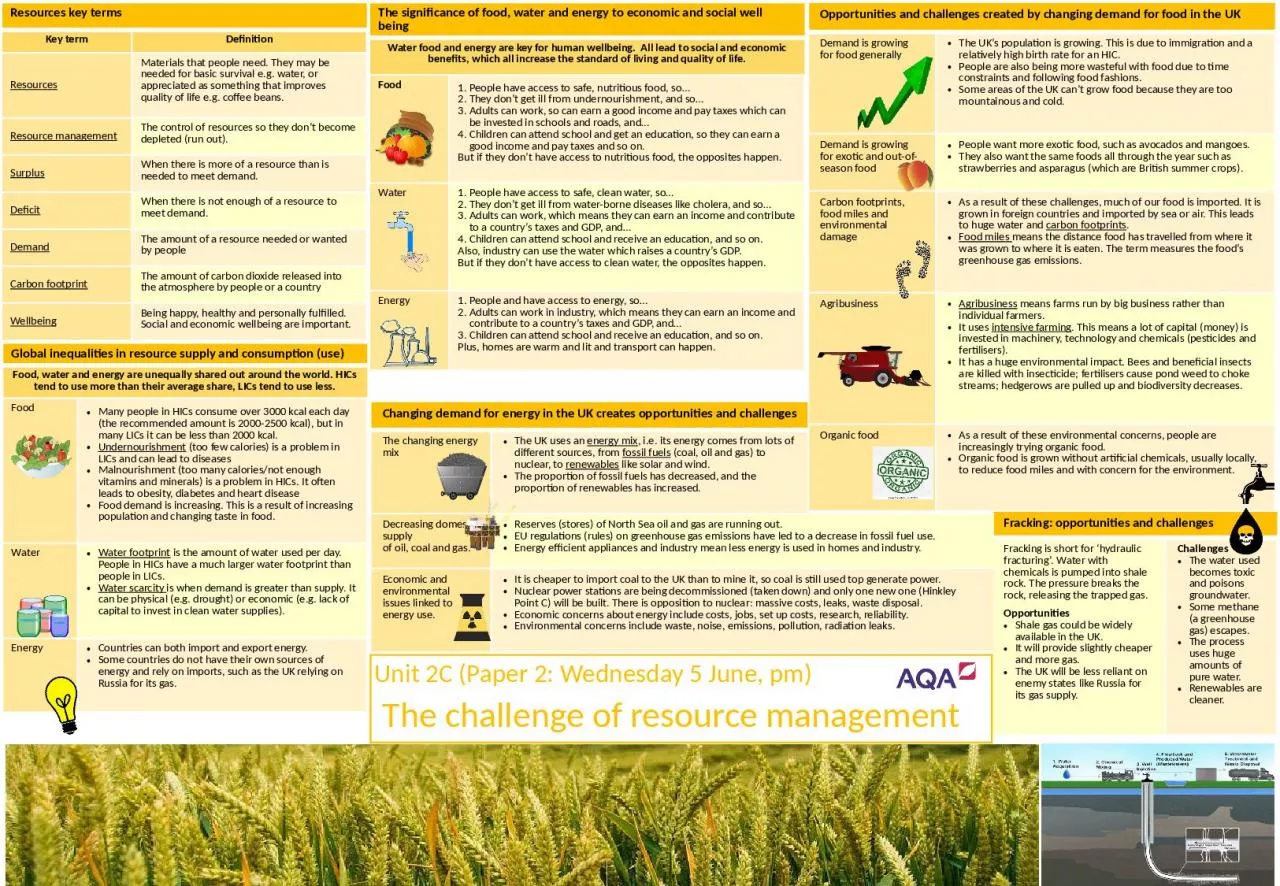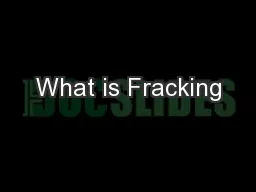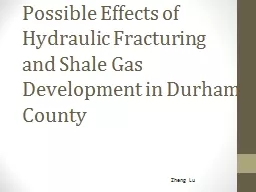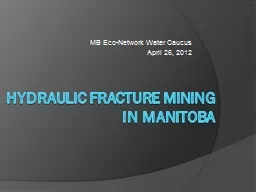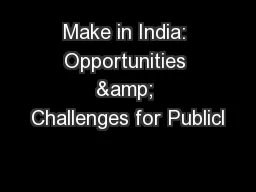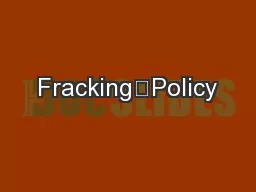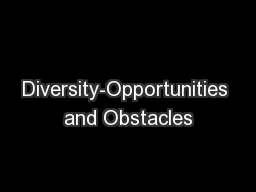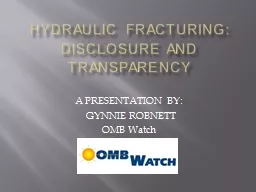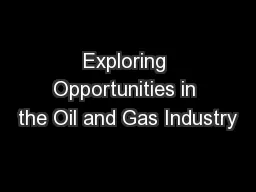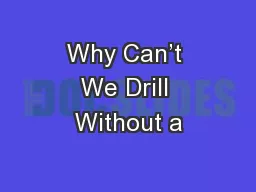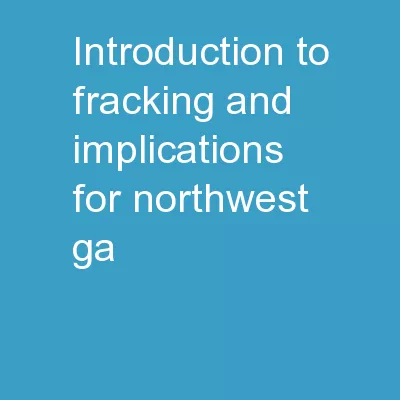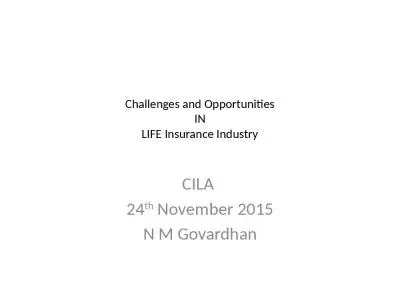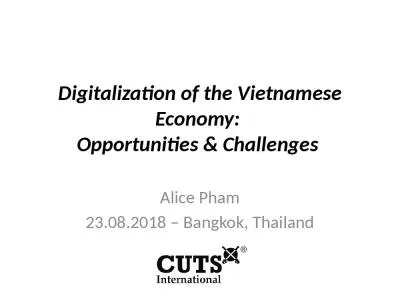PPT-Fracking: opportunities and challenges
Author : naomi | Published Date : 2024-03-15
Fracking is short for hydraulic fracturing Water with chemicals is pumped into shale rock The pressure breaks the rock releasing the trapped gas Opportunities
Presentation Embed Code
Download Presentation
Download Presentation The PPT/PDF document "Fracking: opportunities and challenges" is the property of its rightful owner. Permission is granted to download and print the materials on this website for personal, non-commercial use only, and to display it on your personal computer provided you do not modify the materials and that you retain all copyright notices contained in the materials. By downloading content from our website, you accept the terms of this agreement.
Fracking: opportunities and challenges: Transcript
Download Rules Of Document
"Fracking: opportunities and challenges"The content belongs to its owner. You may download and print it for personal use, without modification, and keep all copyright notices. By downloading, you agree to these terms.
Related Documents

